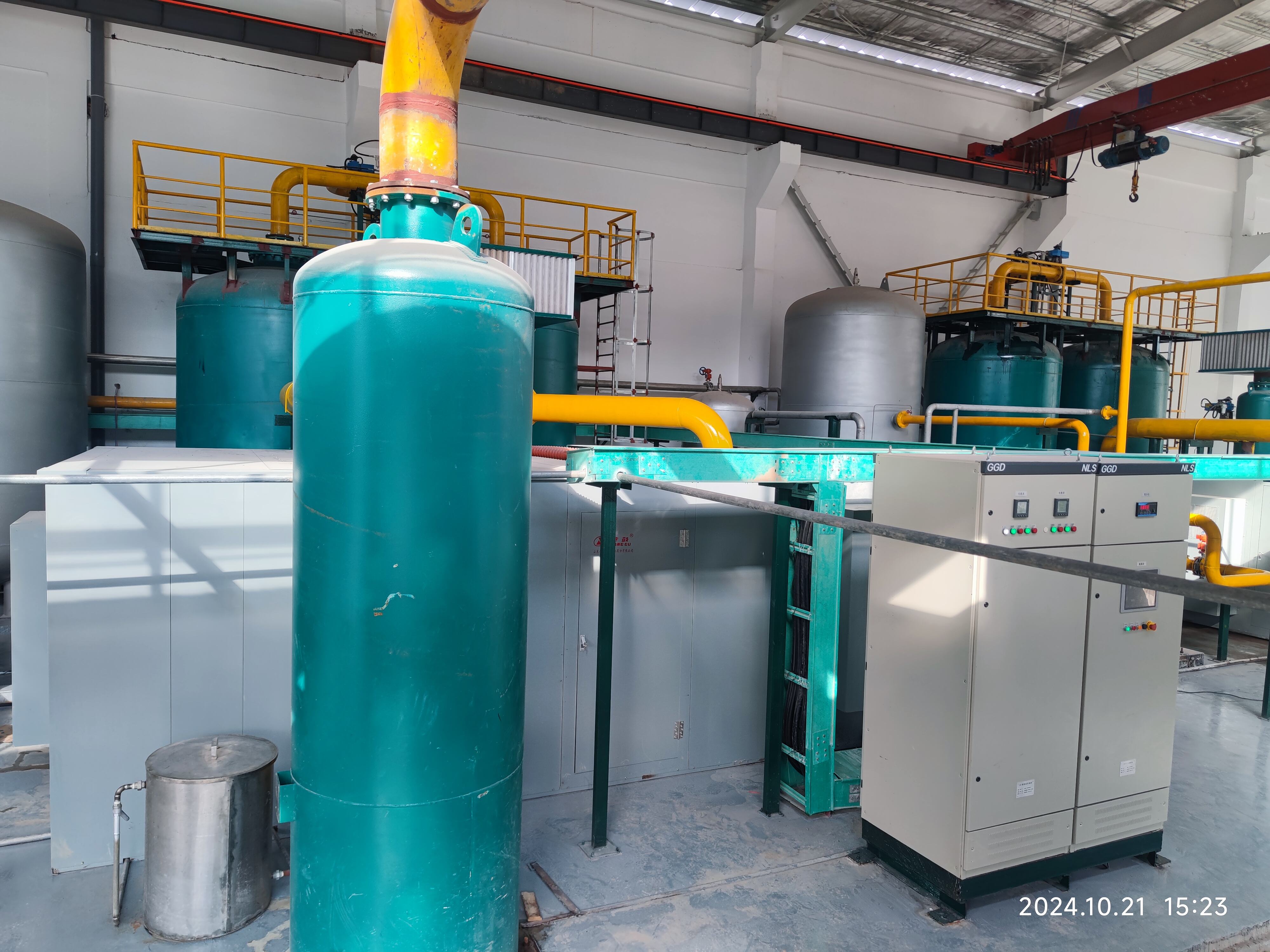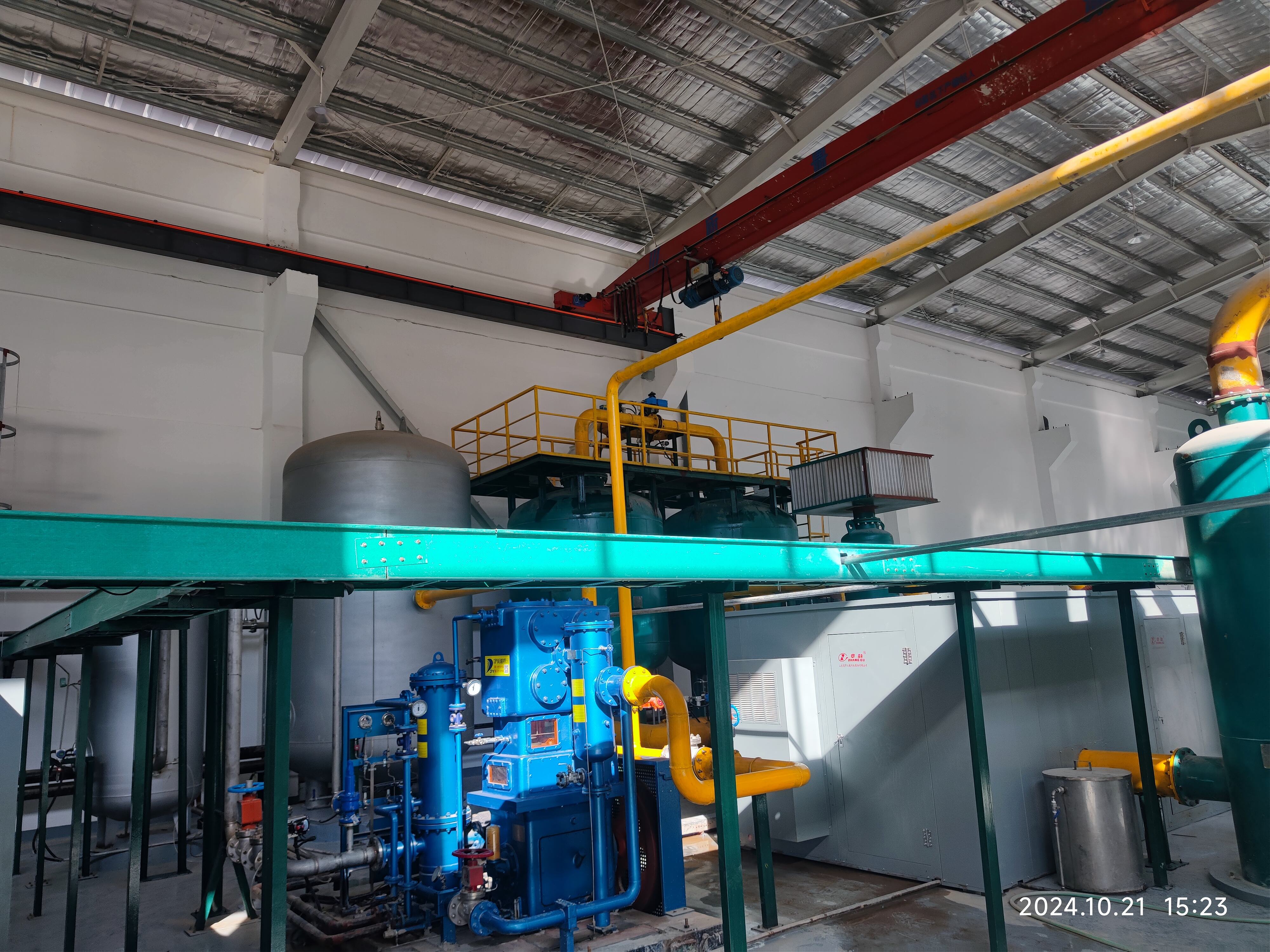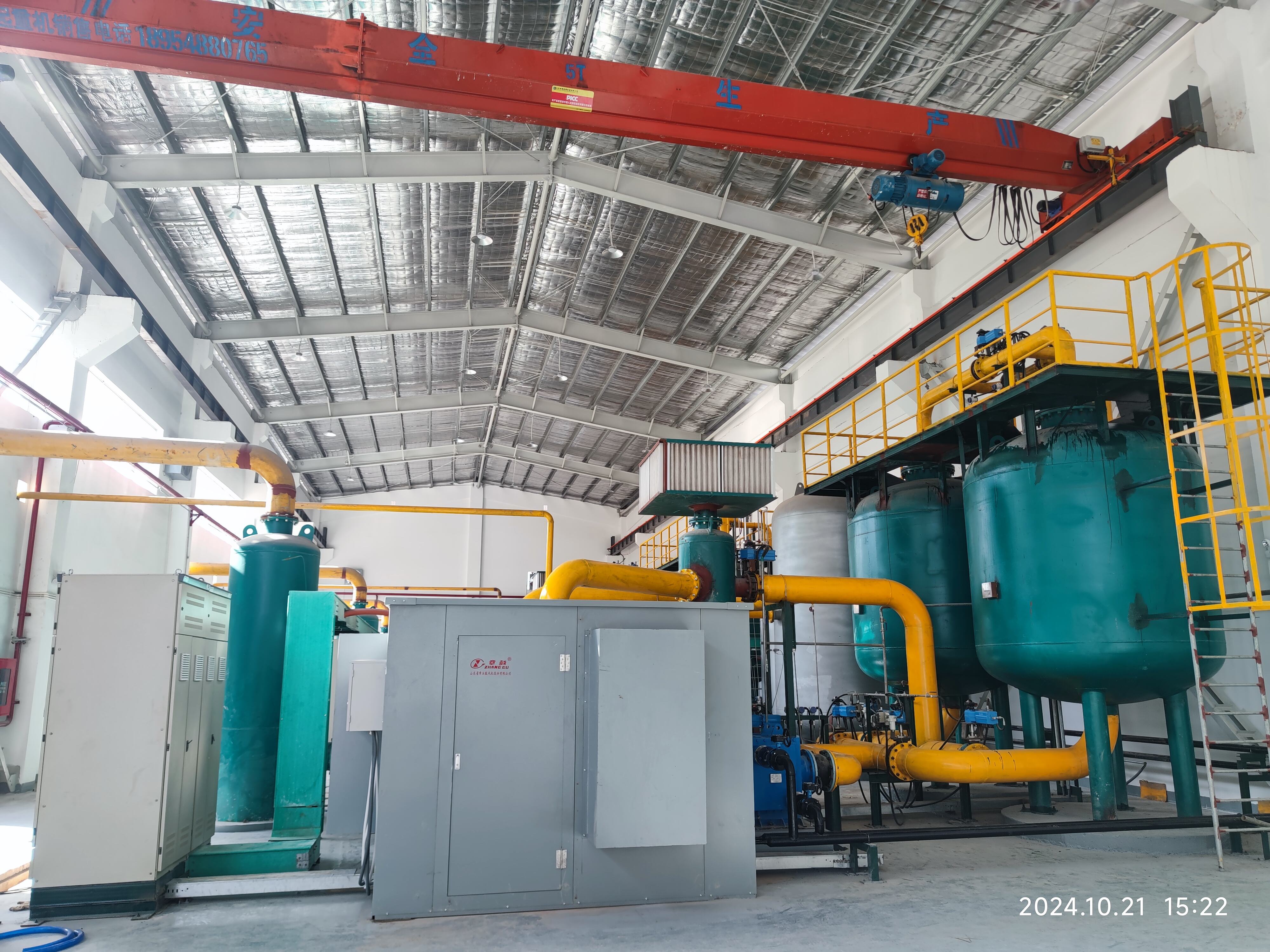vPSA болон PSA технологийн харьцуулга
VPSA (Vacuum Pressure Swing Adsorption) болон PSA (Pressure Swing Adsorption) технологий нь газын хуваагч, чистлах ажлыг хийх үед хэрэглэгддэг хоёр томоохон арга юм. Харин PSA технологи нь традициональ арга бөгөөд VPSA нь эрчимтэй, үр дүнтэй арга рүү шилжсэн байдаг. PSA нь давхаргуу давалгааны түвшинд байршиж, газны холболтыг давалгааны өөрчлөлтөөр хувааж, зөвхөн 2-4 бар давалгаанд ажилладаг. Эсрэгээр VPSA нь давхаргуу давалгааны түвшинг ашиглан, зөвхөн 0.3-0.5 бар абсолют давалгаанд ажилладаг. Энэ нь VPSA системүүдийн үр дүнг нэмэгдүүлэх, цахилгааны ашиглалтыг багасгахад туслана. Энэ технологи нь давалгааны өөрчлөлтөөр тодорхой газны молекул утгыг сонгож авахад ашиглагддаг специал adsorbent материал ашигладаг. Ажиллах үед VPSA системүүд нь ихэнхдээ тогтмол давалгаан, adsorption, давалгааны бууралт, вакуум регенерация циклүүдийг ашигладаг. Энэ нь оронд суурийн газ, жишээлбэл хөдөө агаарын хувьд 90% эсвэл түүнээс их үр дүнгээр хувааж чаддаг. Энэ технологи нь өндөр чист газ үйлдвэрлэхэд, эмчилгээний байгууламж, усны худалдааны байгууламж, зөвлөмжтэй боловсруулалтын ажиллагаанд ашиглагддаг.


